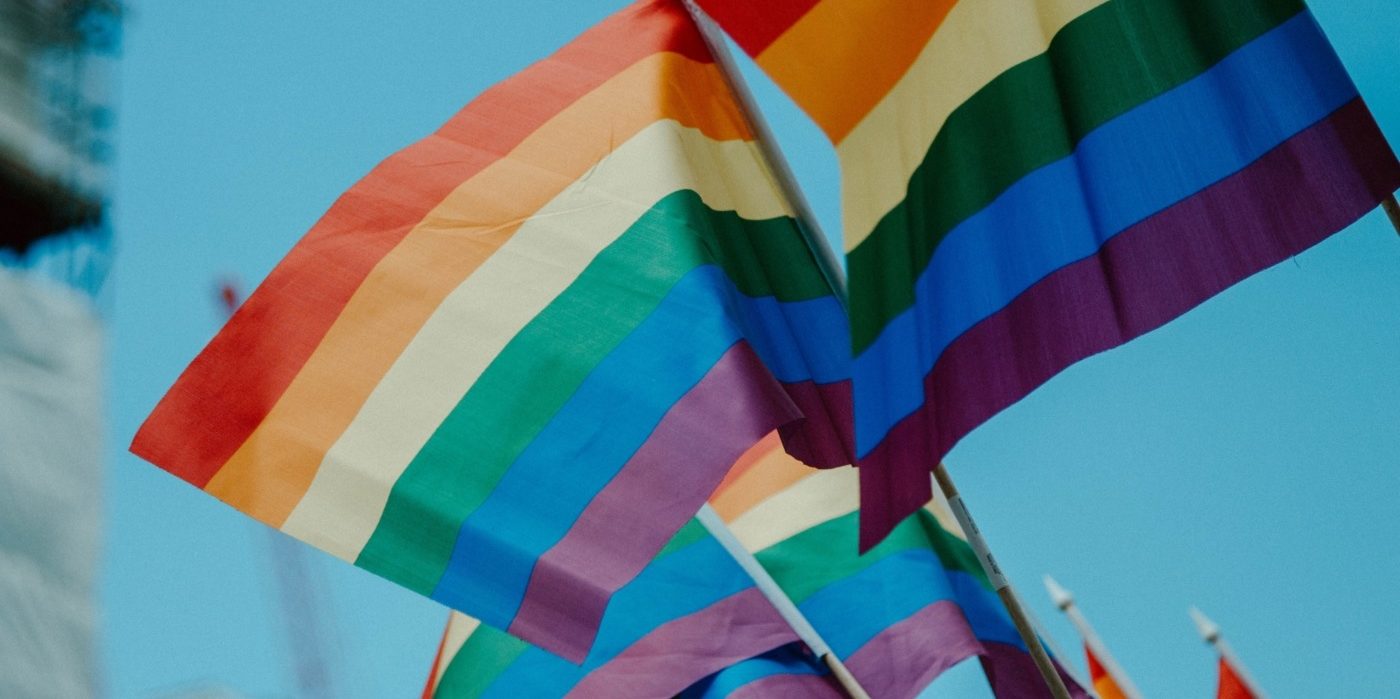‘Queering The Map’: being LGBT+ in the digital age
Throughout history, queer people have been alienated by society, with stories and experiences that differ from those considered the norm. ‘Queering the map’, a digital map created by Lucas LaRochelle showcases these experiences in what they describe as a ‘living, community generated archive of queer experience’. It allows users to document the location of their experiences to create a ‘queer map’, which not only connects the LGBT+ community but also allows them to perceive space outside of conventional ideas and instead, in relation to their queer identity.
The digital map is splattered with black pins, each documenting the location of a significant experience. The map records a multitude of positive experiences: the joy of a first pride parade in one’s own city, the excitement of a first kiss, and the delight of having your gender identity validated for the first time. Among the happy memories, there also lies the difficult experiences: the coming-out that ended in hurt at the hand of an unaccepting family member and the pins that describe the pain of growing up queer in a conservative area.
Furthermore, the map is an excellent physical representation of the queer experience. With an abundance of pins laying over large cities such as London, it physically shows the strong LGBT+ community that exists in these places. In contrast the pins that sit alone, in an isolated area are a visual reminder of the isolation that can accompany being queer.
Online communities and projects such as ‘Queering the map’ are more important than ever as they provide an alternative means of connection
Online projects such as this provide a virtual link between physically separate queer communities. The ability to connect with others has always been vital for the LGBT+ community, who, even before the invention of the internet, have found ways to communicate with each other.
In the 1800’s, a form of slang called ‘Polari’ was used by gay men in London. It allowed them to talk about their sexuality in public, at a time when homosexuality was both illegal and unaccepted. In the 1970’s lesbians in France used the ‘Minitel’, a system of early computers connected to telephone lines. This allowed them to communicate, share ideas, and most importantly, form a community where they could express their lesbian identity in a society that did not accept them for it. These examples reflect on a smaller scale the role that the internet plays today for many LGBT+ people. Even before the internet made it easier, the queer people have formed their own communities.
The current implementation of travel bans and social distancing policies has not been easy for the LGBT+ community. Pride events are being cancelled and LGBT+ people may be quarantined at home with family who do not accept their gender identity or sexuality. As a result, many queer people have been torn away from their safe spaces and the communities of other queer people who accept their identity. This means online communities and projects such as ‘Queering the map’ are more important than ever as they provide an alternative means of connection for queer people.
By creating an international online community, the internet loosens the barriers of location that are often so damaging for those who identify as LGBT+. There are still 73 countries where same-sex activity is criminalised, and 15 countries which have laws targeting transgender people. It is important to remember that queer people exist all over the globe, irrespective of laws or social attitudes. ‘Queering the map’ reminds us that there is more to LGBT+ culture than the version of it we see in our own country. Online communities provide a space where even those rejected by friends or family for being queer can feel accepted, this has undoubtedly improved the queer experience.
We all have locations that are important to us and the map forges an interest in its content by allowing us to further connect with these places
The map’s impact goes beyond just those in the LGBT+ community. It can also help to raise awareness for the community, highlighting the existence and importance of queer people everywhere. The use of a digital map is particularly effective as it allows users to connect with locations. I know that when I first opened the map, I immediately found my hometown and browsed through other people’s queer experiences that had occurred in places I know well. We all have locations that are important to us and the map forges an interest in its content by allowing us to further connect with these places, whether by pinning an important location on it or by observing the experiences of others.
‘Queering the map’ creates a lasting relationship between our experiences as queer people and the space in which they occurred. It allows us to establish our own queer relationship to spaces beyond the cisgender heterosexual norm, and to recognise the diversity of experience of the LGBT+ community all over the world.

Comments